-
When war finally broke out, the Colonists had no disciplined army that could match the British in open battle and very little military equipment. Militia regiments, despite generally large numbers, were rarely well trained and were usually only active within their own state boundaries. In 1775, Congress appointed George Washington Commander-in-Chief and the difficult task of putting together a regular army was begun.
Regiments were raised and equipped by individual states for Continental service, and color, style and condition of clothing and accouterments was anything but uniform. In 1779 Washington ordered all Continental troops to be outfitted with blue regimentals, faced with different colors to indicate the unit’ s origin. This order was carried out with moderate success.
Units are listed chronologically by the period they portray.
Illustrations by Mark Tully, 55th Foot.
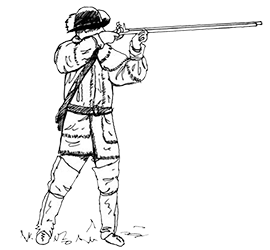
 Facebook
Facebook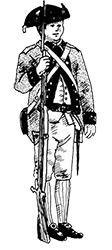
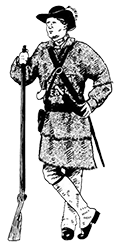
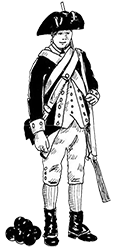


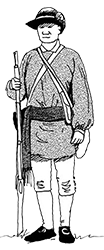
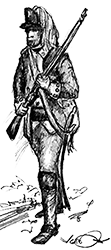
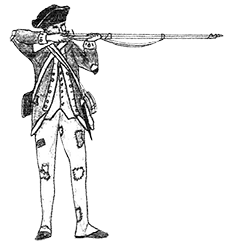


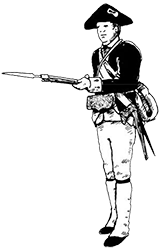



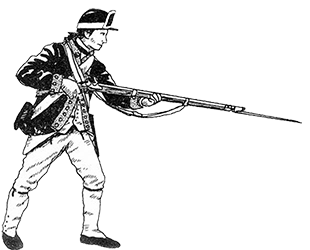

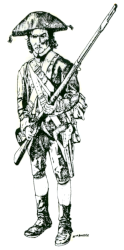
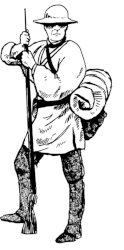

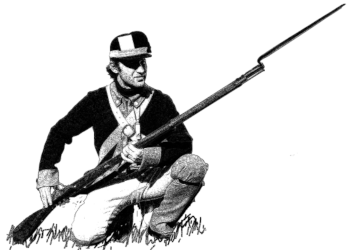
![Ship’s Company of the Frigate [USS] Boston](/wp-content/uploads/2023/02/congressional-shipscompany.png)